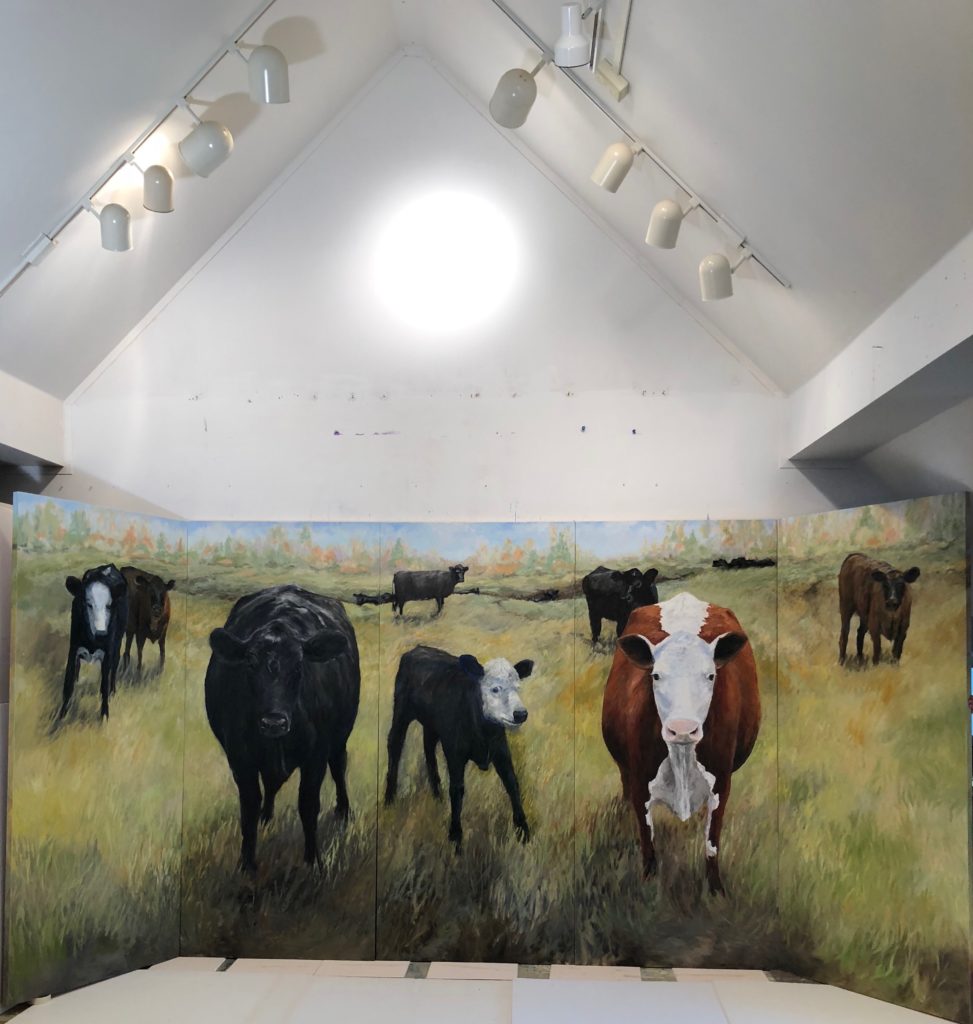 The Hereford’s eyes, dark with thick lashes, get to me every time.
The Hereford’s eyes, dark with thick lashes, get to me every time.
Why do I eat some animals and not others? If I believe cattle are created in the image of God, what does that mean when I eat a steak?
I look again into the Hereford’s eyes which look back at me. I’m consumer, producer, lover of animals, user, observer.
Listen to Cows, by Gary Pederson, a humorous musical response to the striking and impressive paintings of cattle by Sheila.

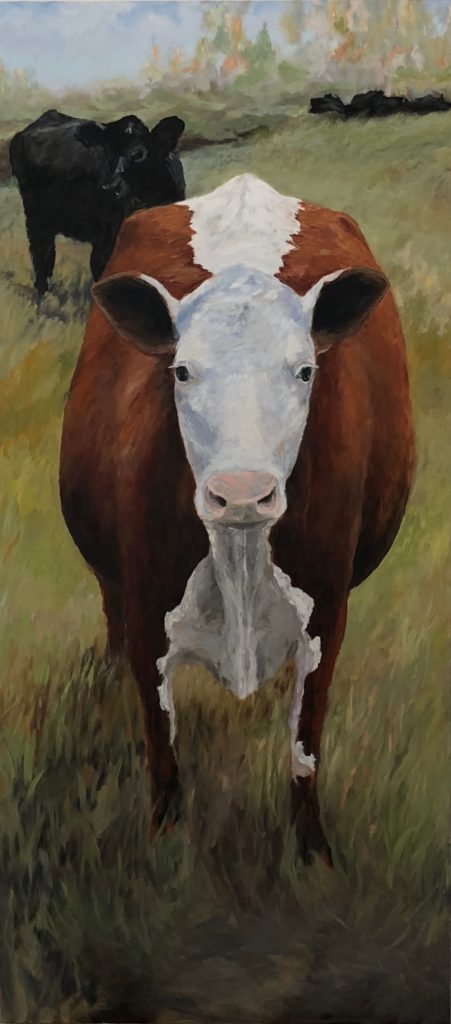 So God created humankind in his image,
So God created humankind in his image,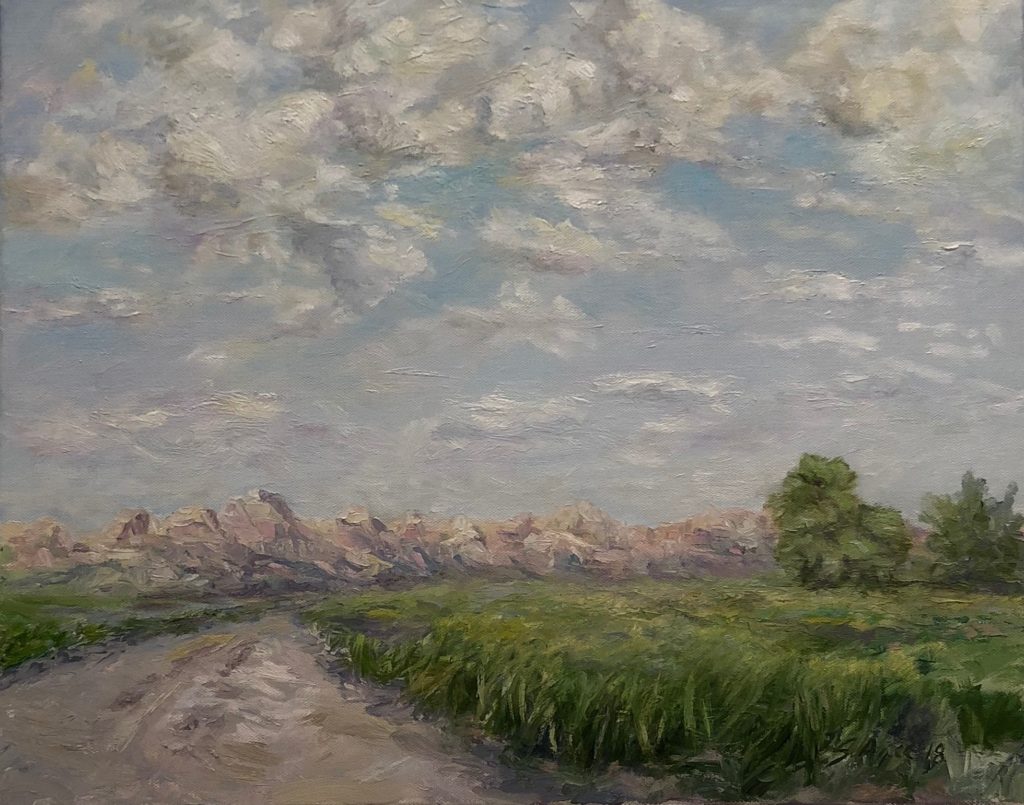 Two summers ago, while participating in the annual bike trip Ride Across South Dakota (RASDAK), I spent long minutes looking at fences. South Dakota fences. Which are sometimes different from and sometimes similar to the lodgepole pine fences I helped build in my youth in Montana. Those fences were made of trees we found up a rocky road in a box canyon in the Absaroka Beartooth Wilderness Area.
Two summers ago, while participating in the annual bike trip Ride Across South Dakota (RASDAK), I spent long minutes looking at fences. South Dakota fences. Which are sometimes different from and sometimes similar to the lodgepole pine fences I helped build in my youth in Montana. Those fences were made of trees we found up a rocky road in a box canyon in the Absaroka Beartooth Wilderness Area.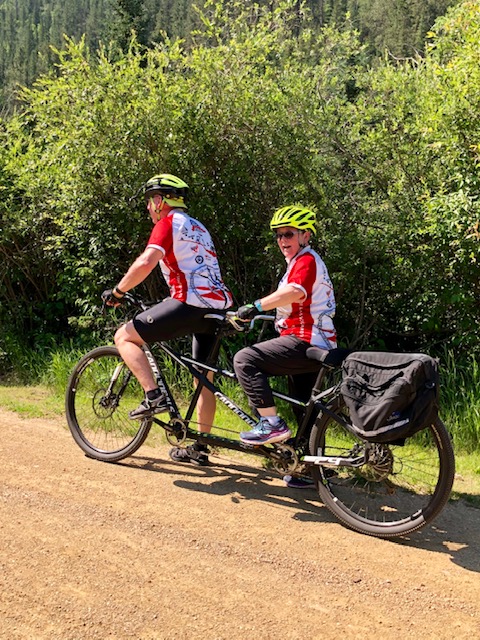 I had time to gaze at fences on this year’s ride because I decided to sag. Sagging means that you stop a lot along the way, every 5 to 10 miles, in case the bikers need help. And many did—we handed out water, lent the bike pump, brought weary riders into town along with their broken-down bikes. But for most of the day, when the cyclists were moving past us with ease, I stood and looked at fences. The itinerary for the bike ride started in Rapid City, went into the Badlands for three days, through the small prairie towns around Interstate 90, and ended in Sioux Falls. My friend and I stood or sat in the hot Dakota sun most of the time, waiting for bicyclists to come along old two-lane roads with little traffic. Meadowlarks and red-winged blackbirds punctuated the stillness with their songs. We pulled off by the edge, usually by a two-track dirt road that led into a pasture.
I had time to gaze at fences on this year’s ride because I decided to sag. Sagging means that you stop a lot along the way, every 5 to 10 miles, in case the bikers need help. And many did—we handed out water, lent the bike pump, brought weary riders into town along with their broken-down bikes. But for most of the day, when the cyclists were moving past us with ease, I stood and looked at fences. The itinerary for the bike ride started in Rapid City, went into the Badlands for three days, through the small prairie towns around Interstate 90, and ended in Sioux Falls. My friend and I stood or sat in the hot Dakota sun most of the time, waiting for bicyclists to come along old two-lane roads with little traffic. Meadowlarks and red-winged blackbirds punctuated the stillness with their songs. We pulled off by the edge, usually by a two-track dirt road that led into a pasture.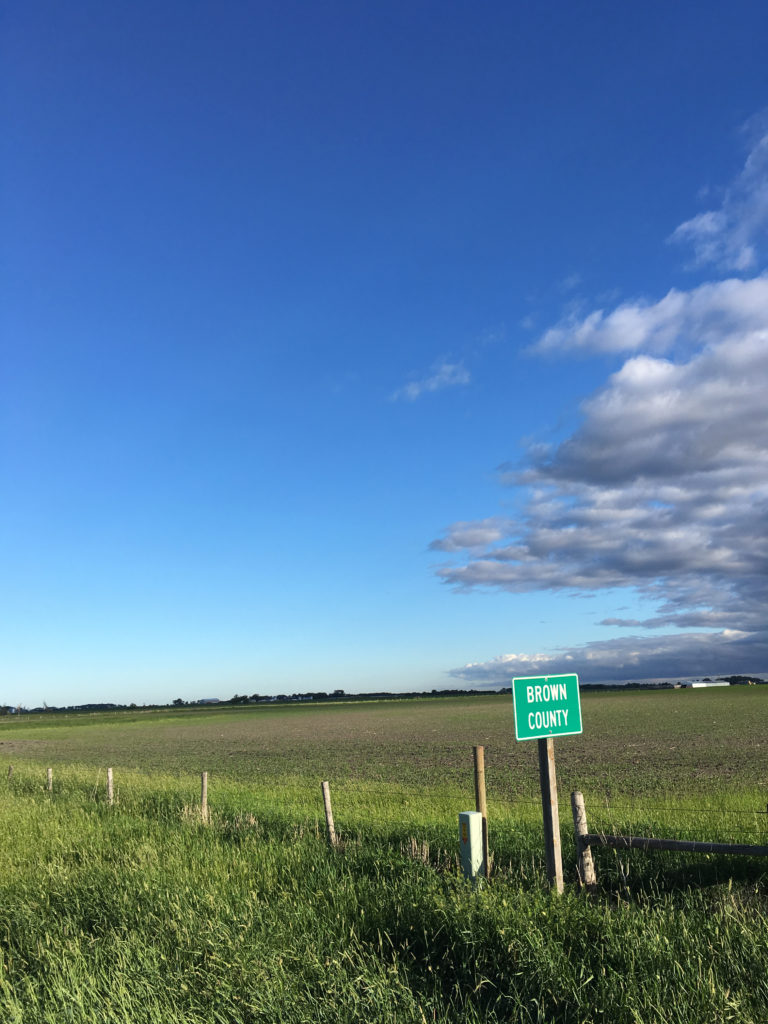 After walking a half mile, covered with dust and tired from keeping our eyes and ears alert for rattlesnakes, we returned to our car. Then we thought: “Well, the gate was open and the guide encouraged us to see the place,” so we drove through the gate, taking our time. Finally, the Arikara earth lodge appeared ahead. The Arikara moulded the dome like structure out of bent tree limbs, thatch, and clay. At the top of the roof, slightly offset, a hole opened up where smoke would waft upwards from the fire pit below.
After walking a half mile, covered with dust and tired from keeping our eyes and ears alert for rattlesnakes, we returned to our car. Then we thought: “Well, the gate was open and the guide encouraged us to see the place,” so we drove through the gate, taking our time. Finally, the Arikara earth lodge appeared ahead. The Arikara moulded the dome like structure out of bent tree limbs, thatch, and clay. At the top of the roof, slightly offset, a hole opened up where smoke would waft upwards from the fire pit below.